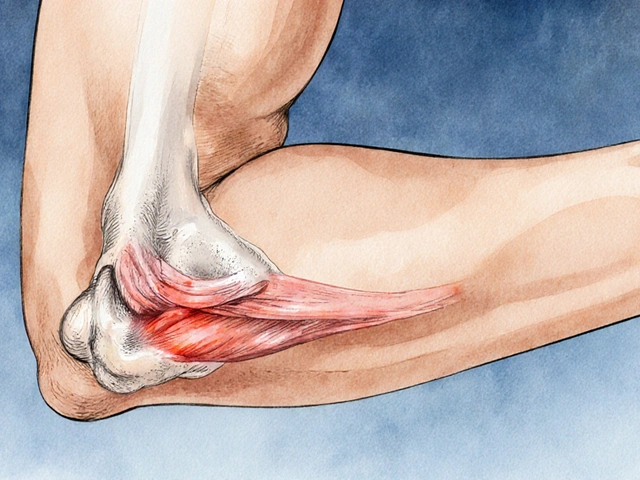Lassa Fever: Quick, Practical Answers
Ever heard of Lassa fever and wondered if it could affect you? It’s a viral illness that shows up mostly in West Africa, but knowing the basics can keep you safe anywhere. Below you’ll find the most useful facts about how you catch it, what to look for, and what to do if you think you’re sick.
How Lassa Fever Spreads and Who’s at Risk
The virus lives in a common rodent called the Multimammate rat. These mice leave droppings and urine in homes, especially in kitchens and storage rooms. When people breathe dust that contains the virus or touch contaminated surfaces, the infection can start.
Apart from direct contact with rats, you can get Lassa fever through close contact with someone who’s already sick. This includes sharing utensils, caring for a patient, or handling infected bodily fluids. Health workers, family members, and anyone living in crowded conditions with poor sanitation are most vulnerable.
Travel doesn’t usually spread the disease far beyond the affected region, but if you plan to visit rural areas of Nigeria, Sierra Leone, Liberia, or Guinea, bring a sturdy container for food, keep your living space clean, and avoid eating food that’s been left out.
What the Illness Looks Like and When to Get Help
Lassa fever often begins with vague, flu‑like signs: fever, sore throat, and muscle aches. Within a few days you might develop headaches, nausea, or a cough. About a third of patients get a rash on the chest or abdomen and notice swelling around the eyes.
Serious cases can progress quickly. Look out for bleeding from gums, urine, or the rectum, as well as low blood pressure, trouble breathing, or confusion. If you notice any of these red flags, seek medical care right away – early treatment makes a big difference.
The good news is most infections are mild or even asymptomatic. Still, because the virus can hide in the body for weeks, doctors usually run a simple blood test to confirm it. If you’re in an area with known outbreaks, tell your clinician about any recent rodent exposure.
Treatment mainly involves supportive care: fluids, pain relief, and monitoring for organ problems. The antiviral drug ribavirin works best when started within the first week, so don’t wait.
Prevention is all about rodent control and good hygiene. Seal cracks in walls, store food in airtight containers, and keep garbage covered. If you’re caring for a sick person, wear disposable gloves and wash your hands constantly with soap.
Vaccines are still in research stages, so the best defense right now is keeping your environment clean and being aware of the signs. By staying informed and taking a few simple steps, you can lower the chance of catching Lassa fever and act fast if it does show up.






